Blogs & News
We are focus on automotive wiring harness & connectors technology.
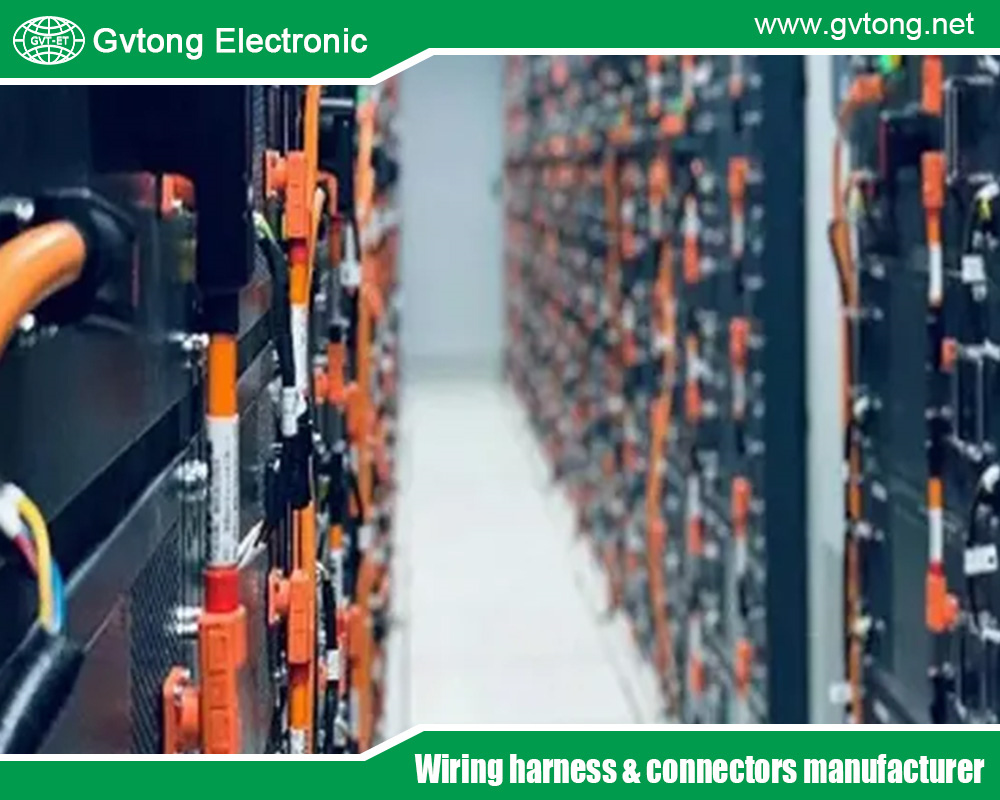
Automotive Signal Connectors: The Backbone of Modern Vehicle Communication
- Gvtong Electronic
- 48V board net connectors, ADAS sensor connectors, automotive antenna connector, automotive coaxial connector, automotive data connector, automotive diagnostic connector, Automotive high - frequency connector, automotive High voltage connector, automotive high voltage connectors market, automotive hybrid connector, automotive Low voltage connector, automotive Oil-resistant Connectors, automotive optical fiber connector, Automotive power distribution connector, Automotive shielded connectors, automotive Signal Connector, automotive signal connectors, automotive signal connectors factory, automotive signal connectors manufacturer, automotive signal connectors market, automotive signal connectors supplier, automotive signal connectors syetem, Automotive temperature - resistant connector, automotive vibration - resistant, Automotive vibration - resistant connector, automotive waterproof connectors, Battery management system (BMS) connectors, Blind-mate automotive connectors, EV charging connectors, High-speed data connectors, Lightweight automotive connectors, Low-contact resistance connectors, Modular automotive connectors, Pre-charge/discharge connectors
- No Comments
Automotive Signal Connectors: The Backbone of Modern Vehicle Communication
In today’s vehicles, where advanced electronics power everything from headlights to self-driving capabilities, automotive signal connectors quietly play a pivotal role. These small but essential components ensure that data and control signals flow seamlessly between a vehicle’s myriad systems. Whether it’s a sensor relaying engine temperature, a camera feeding footage to an autonomous driving module, or an infotainment system streaming music, signal connectors make it all possible. As cars evolve into sophisticated machines packed with technology, the importance of these connectors continues to grow, underpinning safety, performance, and innovation.
This article offers a deep dive into automotive signal connectors. We’ll explore what they are, the different types used in vehicles, their wide-ranging applications, the challenges engineers face in designing them, and the exciting trends shaping their future. By the end, you’ll have a clear understanding of how these unsung heroes keep modern vehicles running smoothly.
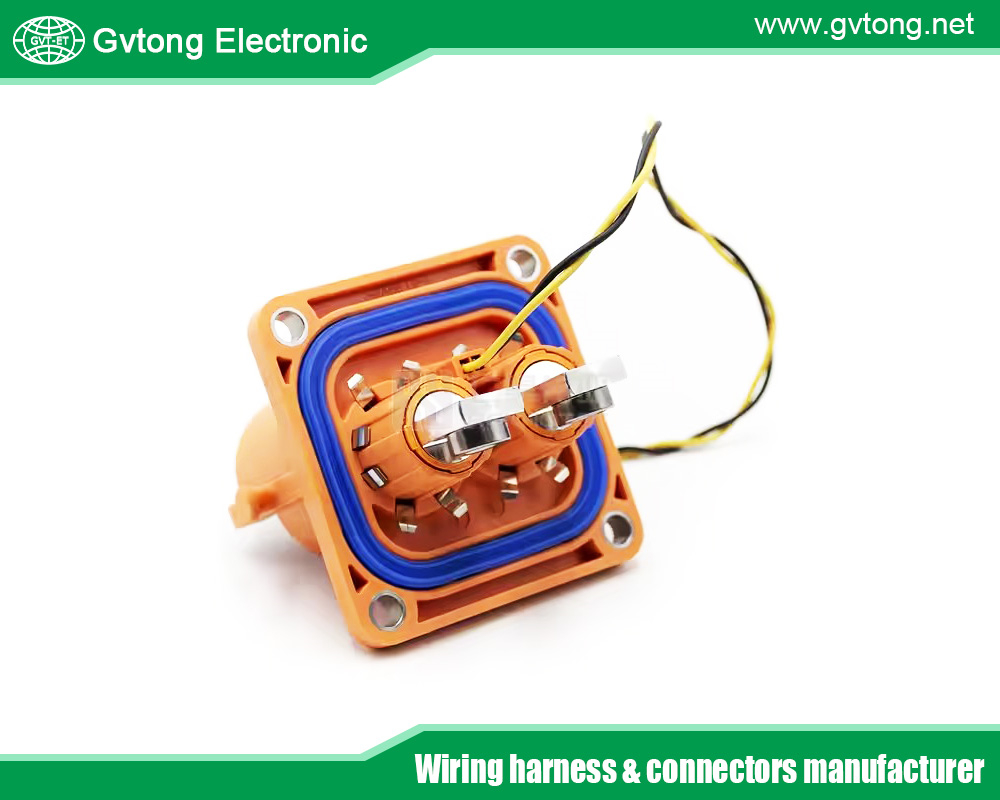
What Are Signal Connectors?
Signal connectors are specialized electrical connectors designed to transmit low-current, low-voltage signals across a vehicle’s electronic systems. Unlike power connectors, which deliver energy to run motors or charge batteries, signal connectors focus on data. They carry vital information—think sensor readings, control commands, or communication between electronic control units (ECUs)—that keeps a vehicle’s systems in sync.
Key Characteristics
- Low Current and Voltage: These connectors typically handle voltages below 60V DC and currents in the milliampere range, making them distinct from high-power systems.
- High Reliability: They must perform flawlessly in tough conditions like extreme heat, vibrations, and exposure to water or chemicals.
- Compact Design: With space at a premium in modern vehicles, signal connectors are engineered to be small and lightweight.
Why They Matter
Imagine a car as a human body: if the power system is the heart pumping energy, signal connectors are the nervous system, relaying messages to ensure everything works together. Without them, critical systems—like airbags, brakes, or navigation—could fail, compromising safety and functionality. Their role is subtle but indispensable.
Types of Automotive Signal Connectors
Signal connectors come in various forms, each tailored to specific needs within a vehicle. Here’s a look at the main types:
Pin and Socket Connectors
The workhorses of signal connectors, pin and socket designs feature a male pin that fits into a female socket. They’re versatile, modular, and widely used for connecting sensors, ECUs, and other components. Their adaptability makes them a go-to choice across the automotive industry.
Coaxial Connectors
For high-frequency signals—like those in GPS, radio, or telematics systems—coaxial connectors shine. They have a central conductor wrapped in an insulating layer and an outer shield, which cuts down on electromagnetic interference (EMI) to keep signals clear and strong.
Fiber Optic Connectors
Though less common, fiber optic connectors are gaining traction in high-speed applications, especially in autonomous vehicles. Using light to transmit data, they offer massive bandwidth and immunity to EMI, far surpassing traditional copper connectors.
Board-to-Board Connectors
These connectors link printed circuit boards (PCBs) within electronic modules, such as infotainment or driver assistance systems. Their compact size and reliable connections make them ideal for tight, high-tech spaces.
Applications in Modern Vehicles
Signal connectors are everywhere in a car, supporting a diverse array of systems. Let’s break down their key applications:
Engine and Powertrain
In the engine bay, signal connectors tie sensors to ECUs, tracking metrics like temperature, pressure, and airflow. These connectors endure brutal conditions—scorching heat, constant vibrations, and oil splashes—yet must deliver accurate data every time.
Infotainment and Connectivity
Today’s drivers expect top-notch entertainment and connectivity. Signal connectors make it happen, linking head units, screens, and external devices to transmit audio, video, and data. They need to handle high data rates to keep navigation smooth and music crisp.
Safety and Driver Assistance
Safety systems like airbags, anti-lock brakes (ABS), and advanced driver assistance systems (ADAS) rely on signal connectors. They shuttle data from sensors and cameras to ECUs for split-second decisions. Here, reliability isn’t just a feature—it’s a lifesaver.
Interior and Comfort
Inside the cabin, signal connectors power climate controls, adjustable seats, and lighting. These connectors may not face engine-level stress, but they still need to be durable and space-efficient to maintain comfort over years of use.
Specific Examples
- CAN Bus Connectors: The Controller Area Network (CAN) bus is a standard protocol that lets ECUs “talk” to each other. CAN connectors handle data for systems like the engine, transmission, and infotainment.
- Ethernet Connectors: As cars get smarter, Ethernet connectors support high-speed tasks like vehicle-to-everything (V2X) communication and software updates over the air.
Design Considerations for Signal Connectors
Creating signal connectors for cars isn’t simple. Engineers must juggle multiple factors to ensure they perform under pressure. Here’s what they focus on:
Signal Integrity
For data to stay accurate, connectors must resist signal loss, crosstalk (interference between signals), and EMI. This requires smart design—think precise contact shapes, shielding, and top-grade materials.
Environmental Resistance
Cars aren’t gentle environments. Signal connectors face:
- Temperature Swings: From -40°C in winter to over 100°C near the engine.
- Vibration and Shock: Endless jolts from roads and engines.
- Moisture and Chemicals: Rain, road salt, and oil are constant threats.
To cope, connectors feature:
- Sealed Housings: Keeping water and dust out.
- Corrosion-Resistant Contacts: Often plated with gold or tin.
- Strong Locks: To stay connected despite shaking.
Size and Weight
With electronics multiplying in vehicles, space is tight. Signal connectors must shrink without losing performance, often using high-density designs to cram more connections into less room.
Standards and Testing
Connectors must meet strict rules from groups like the Society of Automotive Engineers (SAE) and the International Organization for Standardization (ISO). These cover electrical performance, durability, and more. Tests like thermal cycling, vibration, and salt spray confirm they’re up to the job.
Challenges in Signal Connector Design
Even with all this effort, designing signal connectors comes with hurdles:
Electromagnetic Interference (EMI)
More electronics mean more EMI. Connectors must block interference, often with shields or filters, to keep signals clean.
Miniaturization
Smaller connectors save space but can weaken performance. Engineers must shrink designs without sacrificing strength or signal quality—a tricky balance.
High Data Rates
Self-driving cars and connected tech demand faster data transfer. Connectors need to evolve, using better materials and layouts to keep up.
Cost Pressures
Car makers want affordability without cutting corners. This forces trade-offs, like choosing cheaper materials that still meet standards.
Solutions and Innovations
To tackle these issues, the industry is pushing:
- Advanced Shielding: To fight EMI.
- High-Density Designs: More connections, less space.
- New Materials: Tougher plastics and alloys for durability.
Future Trends in Automotive Signal Connectors
The road ahead for signal connectors is exciting, driven by automotive megatrends:
Increased Data Transmission Needs
Connected and autonomous cars need blazing-fast data pipes. Connectors are stepping up with support for gigabit Ethernet and other high-speed protocols.
Integration with Power Connectors
Hybrid connectors that mix power and signal in one unit are emerging. They save space and simplify wiring, a win for packed engine bays.
Smart Connectors
Picture connectors that “think.” Smart designs with built-in sensors or diagnostics can spot faults, monitor health, and aid maintenance—reducing downtime.
Sustainable Materials
With green goals in sight, connectors are shifting to eco-friendly materials and designs that recycle easily, aligning with broader sustainability efforts.
Wireless Connectivity
Wireless tech like Bluetooth is cutting some connector needs. But for critical, secure tasks, physical connectors aren’t going anywhere soon.
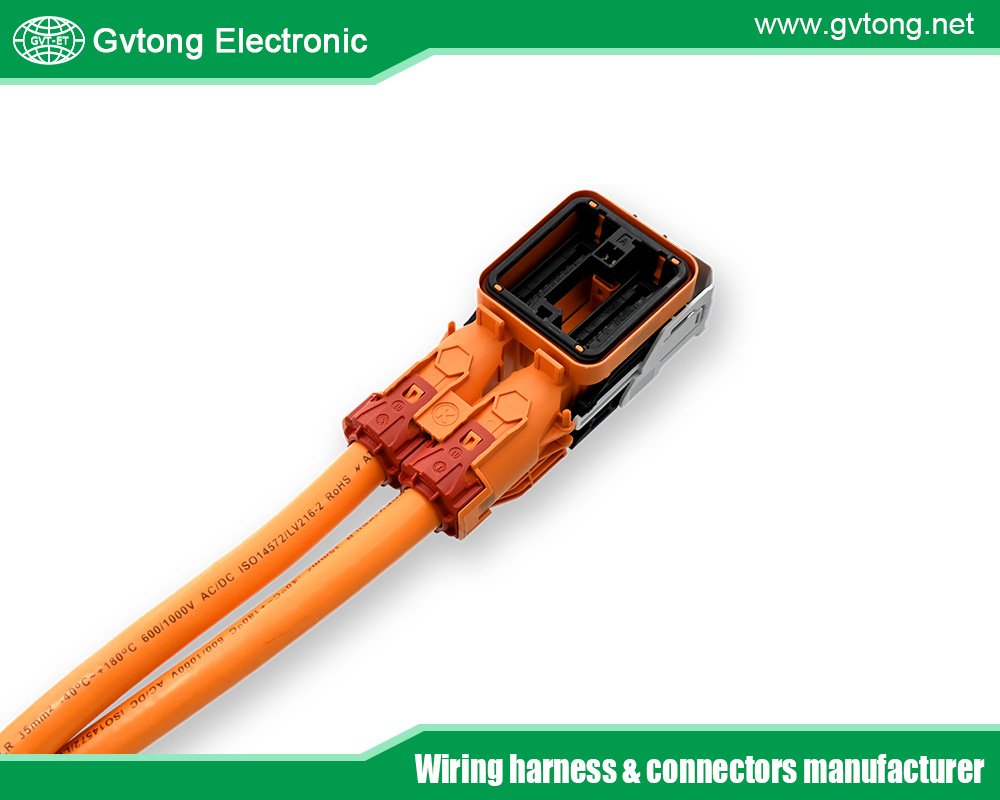
Conclusion
Automotive signal connectors may be small, but their impact is massive. They tie together the electronic web of modern vehicles, ensuring everything from safety to entertainment runs smoothly. Designing them means mastering signal integrity, environmental toughness, and size constraints—all while meeting high standards. As cars get smarter and greener, signal connectors will evolve too, handling more data, integrating new tech, and embracing sustainability.
Next time you drive, spare a thought for these tiny components. They’re the quiet force behind the wheel, keeping vehicles safe, connected, and cutting-edge. In an industry racing toward the future, signal connectors are right at the heart of the journey.
For more about the automotive signal connectors: the backbone of modern vehicle communication, you can pay a visit to Gvtong at https://www.gvtong.net/ for more info.
Recent Posts
Revealing the Core Advantages of Automotive Hybrid Connectors
What is the 12 Volt Automotive Wire Connector
Recommend the Best ADAS Automotive Connector Manufacturers in China
What is an Electrical Distribution System and How to Choose It
The Top Automotive Electrical Connectors Manufacturers You Want to Know
How to Choose the Best Automotive Connector Suppliers in Vietnam
The Best High Current Connectors Automotive Manufacturer in China
Tags
Recommended Products
-
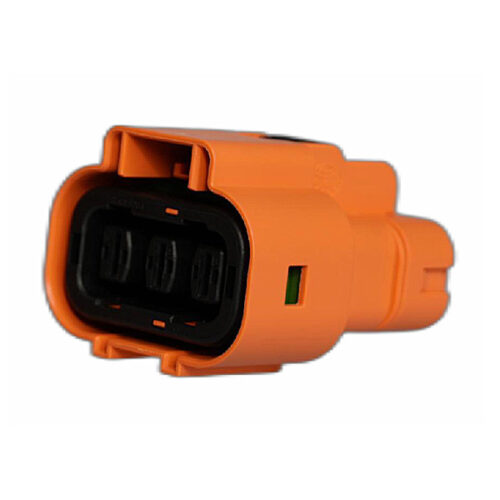
H630 Series-3-core plastic high voltage connector
-
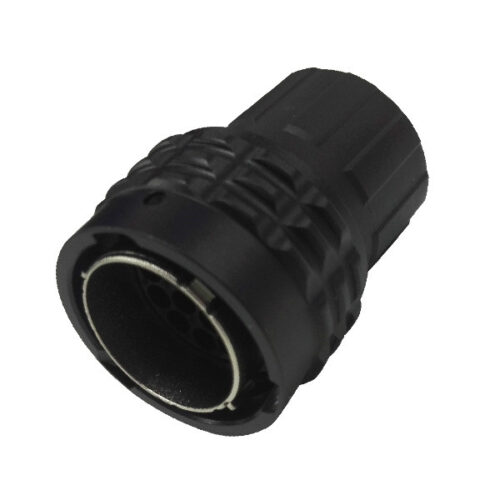
GR Series-12-core 14# circular signal connector
-
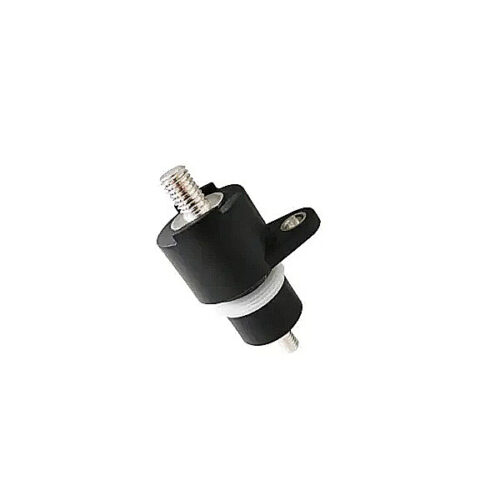
DCDC wall-through terminal-double-headed thread
-
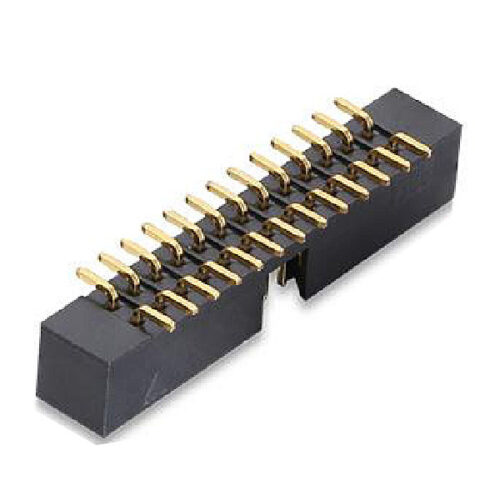
Industrial control exhaust
-
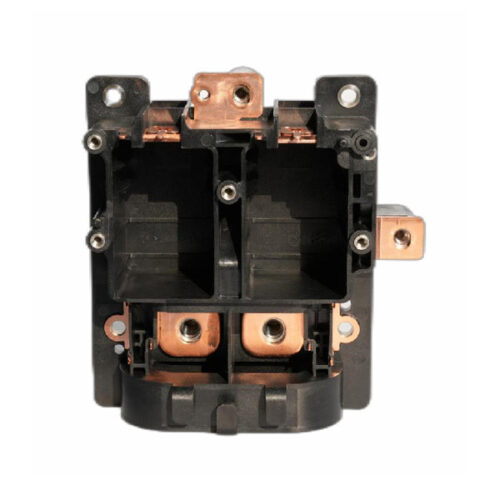
Filter copper bar assembly
-
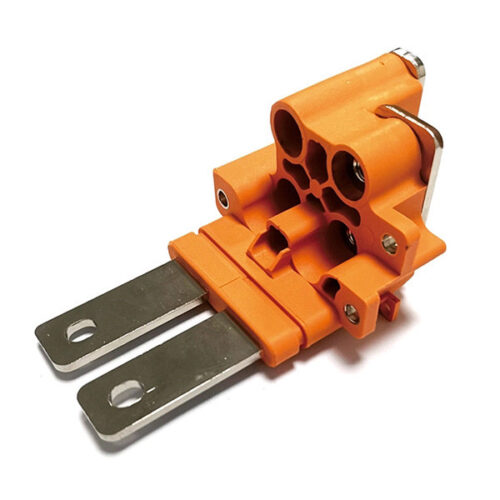
Copper bus fixing seat
-
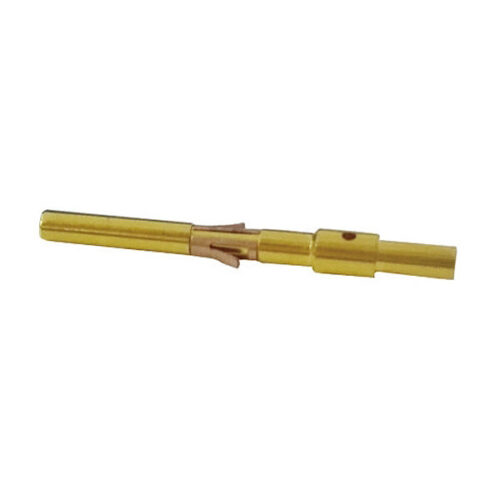
1.0mm signal jack
-
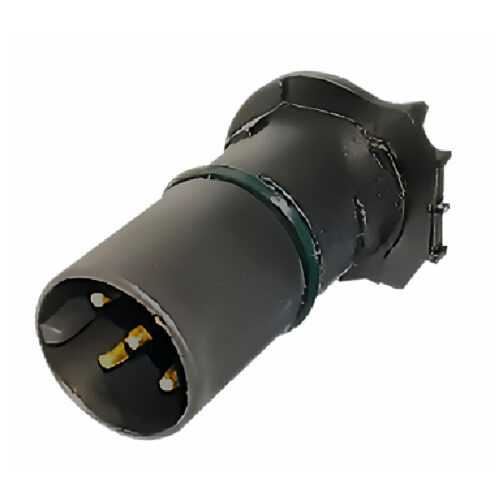
GT Series-Automotive Wiring Pins Connector -5-Pin Socket, 5-Pin Electrical Connectors For Motor Controller
